Chosen theme: Upcycling Techniques in Furniture Crafting. Step into a workshop mindset where character-filled materials get a second life, stories are sanded into the grain, and every rescued piece reduces waste while elevating your home’s soul.
Start Smart: Principles of Upcycling Furniture Crafting
Scout curbs, salvage yards, and family garages for hardwood frames, solid joinery, and honest wear. A neighbor’s scratched dresser might hide quarter-sawn oak, just waiting for respectful restoration and a fresh role in your home.
Treat dents, missing drawers, and odd dimensions as prompts, not problems. Sketch multiple layouts, rotate components, and prototype with painter’s tape to find elegant solutions that work with, not against, the piece’s existing strengths.
Favor hand planes, cabinet scrapers, and sharp chisels over aggressive sanding to preserve patina and crisp edges. A careful approach keeps vintage details intact while preparing surfaces for the upgrades you have planned.
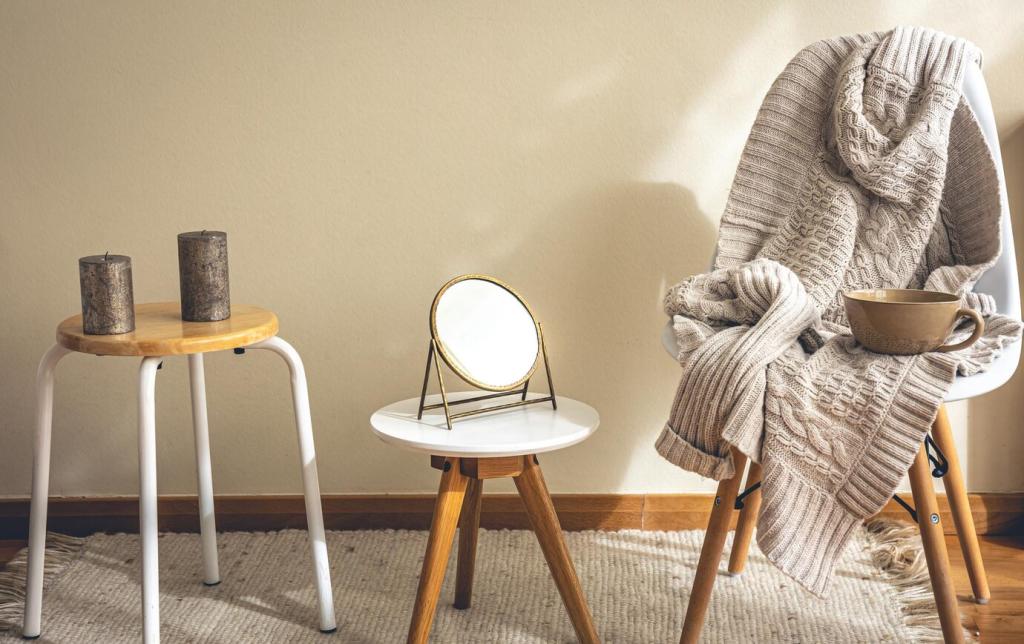
Surface Revival: Stripping, Repairing, and Finishing
Use citrus-based strippers and controlled heat rather than brute-force sanding. Work in stages, lifting only failed finishes while protecting sound layers beneath. This approach preserves crisp carvings and drastically reduces dust in your workspace.
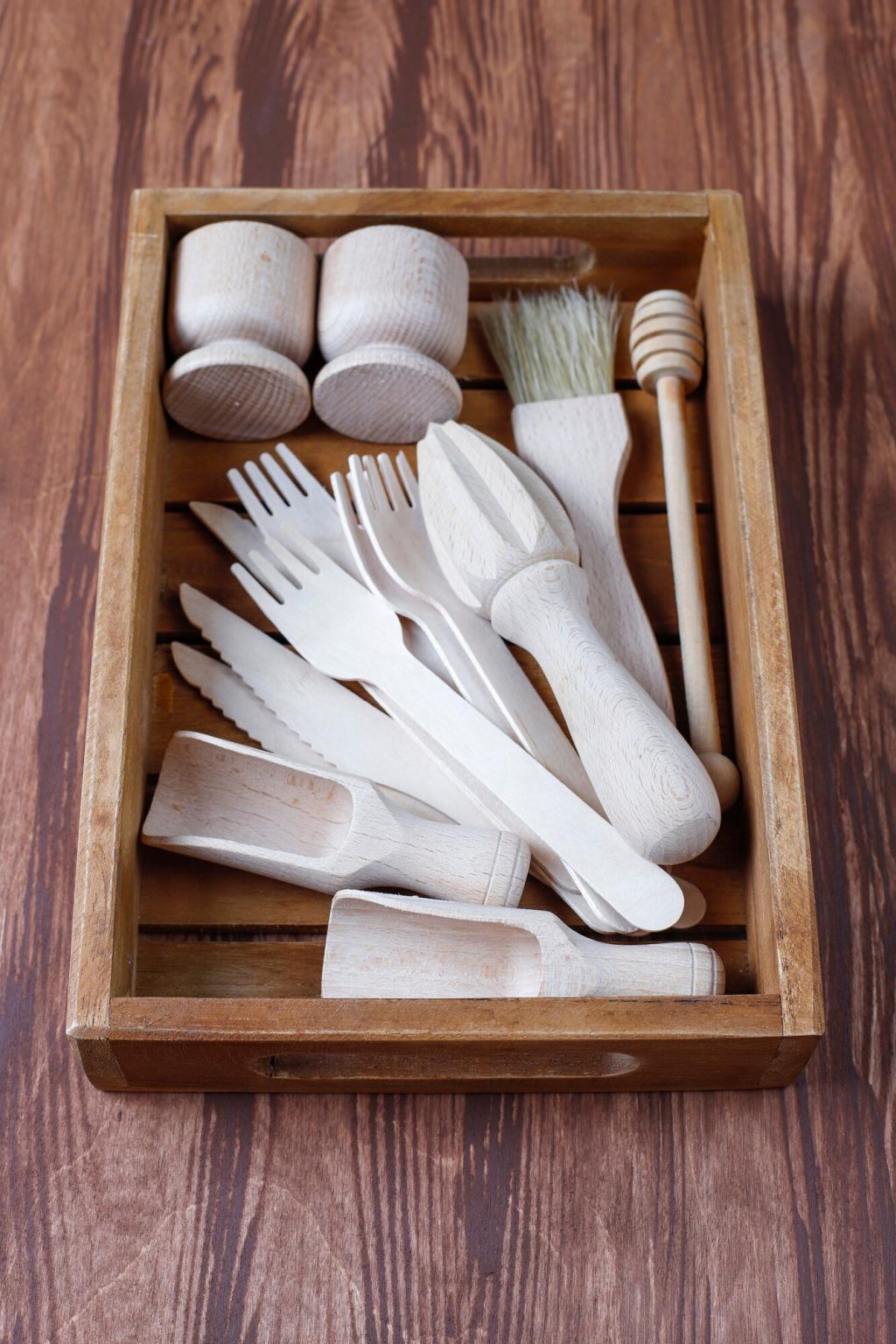
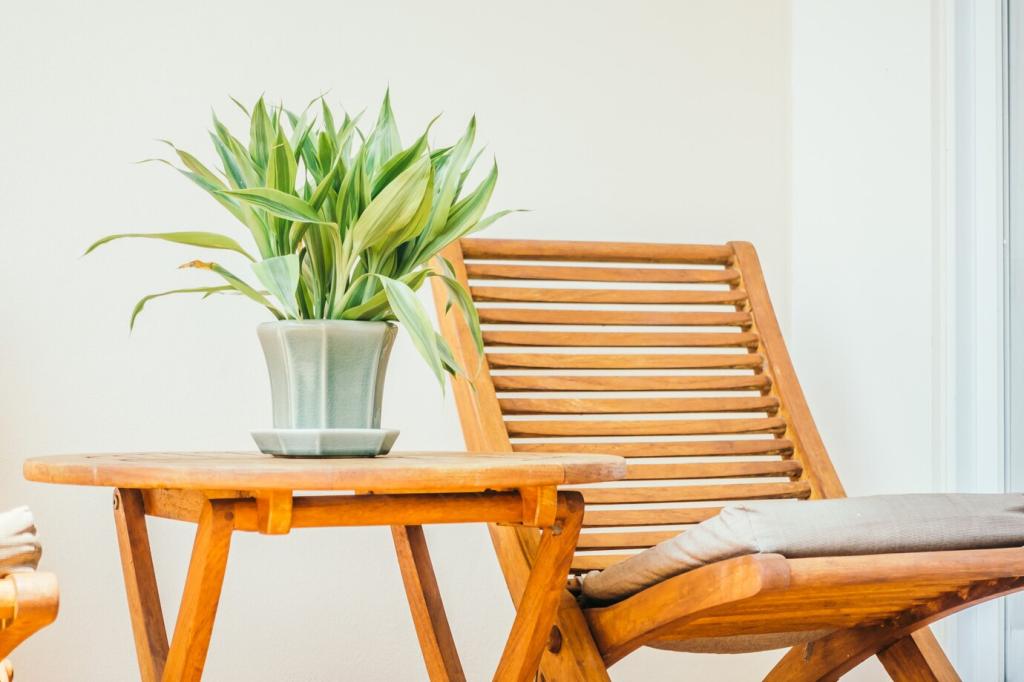
Surface Revival: Stripping, Repairing, and Finishing
Stabilize loose veneer with warm hide glue, clamp gently, and patch missing corners with grain-matched donor wood. Blend seams using a card scraper, then spot-tint repairs so they disappear into the story of the original surface.
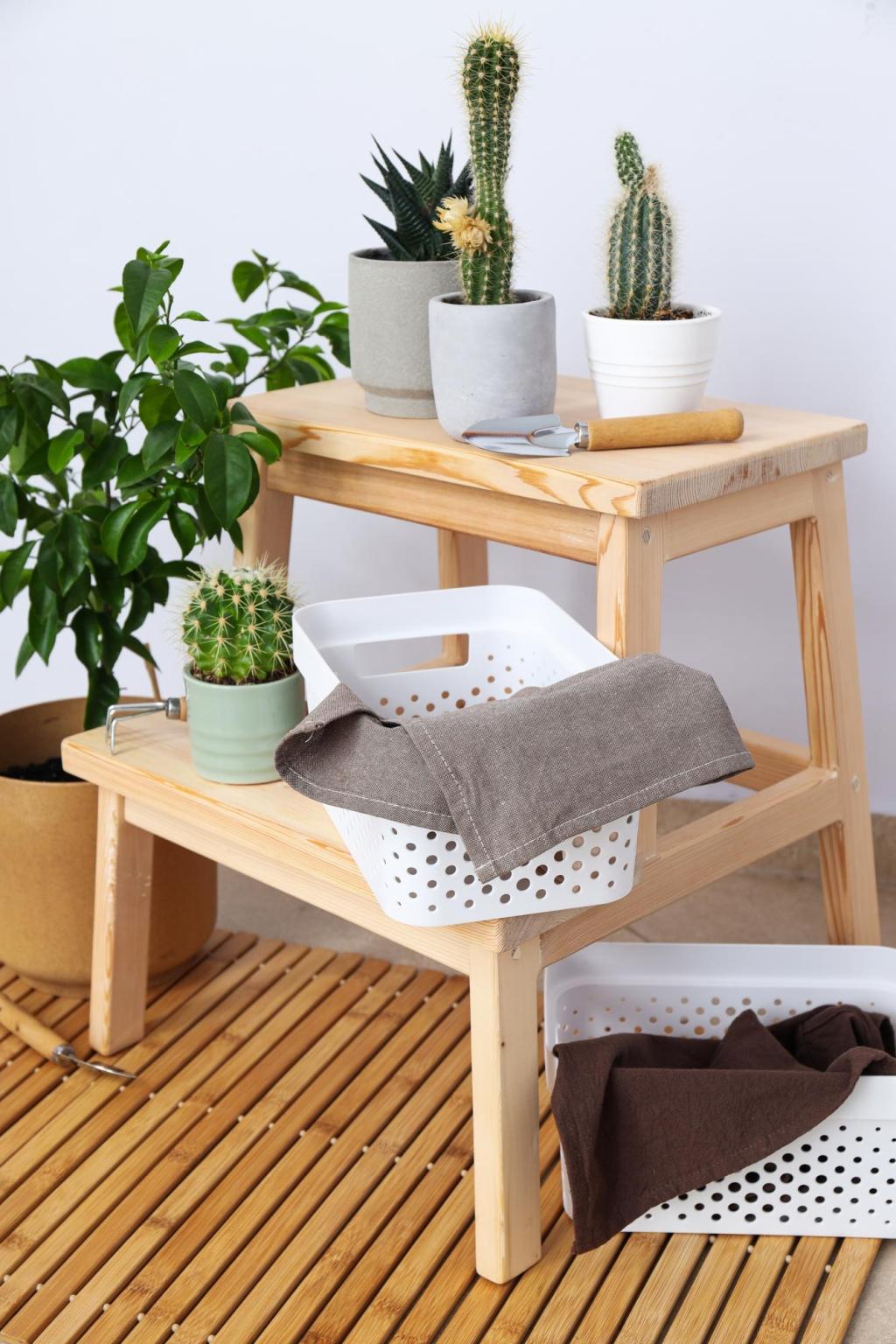
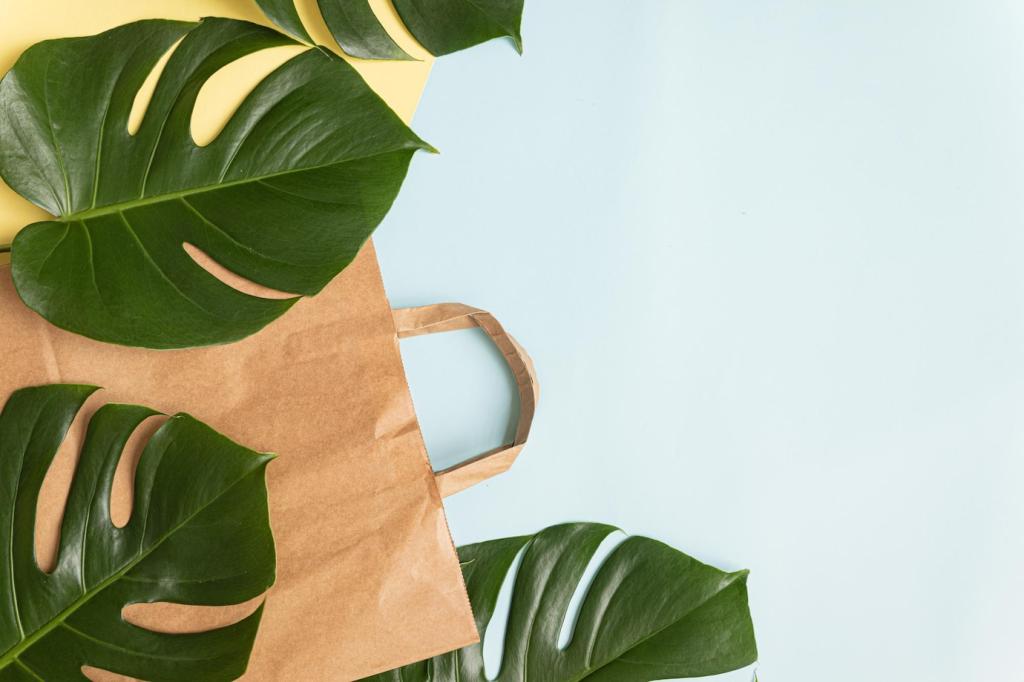
Structural Reworks: Joinery and Frame Reinforcement
Tighten wobbling chairs with new hardwood dowels or repair rails using mortise-and-tenon patches. Avoid metal brackets where woodwork can shine; smart joinery restores integrity while keeping the piece whisper-quiet and satisfyingly sturdy.
Structural Reworks: Joinery and Frame Reinforcement
Turn a damaged dresser into a kitchen island by removing top drawers for legroom, adding a reclaimed butcher block, and installing towel bars. Share your own conversion ideas in the comments to inspire fellow makers.
Upholstery Upcycling: Fabric, Foam, and Feel
Sourcing Durable, Ethical Textiles
Look for recycled blends, deadstock canvas, or re-salvaged leather. Prewash fabrics to prevent surprises, and test abrasion resistance. Tell us which mills or thrift sources you trust for tough yet beautiful upholstery wins.
Rebuilding Seats That Last
Retension webbing, repair springs, and shape high-resilience foam with an electric knife for crisp edges. A thin wool batting smooths contours, creating that just-right feel that keeps guests lingering over coffee and conversation.
Pattern Play and Personality
Highlight curves with contrast piping, mix tonal patches from fabric offcuts, and align stripes meticulously across seams. A small upholstery decision can transform a quiet frame into a statement without overwhelming the room’s rhythm.
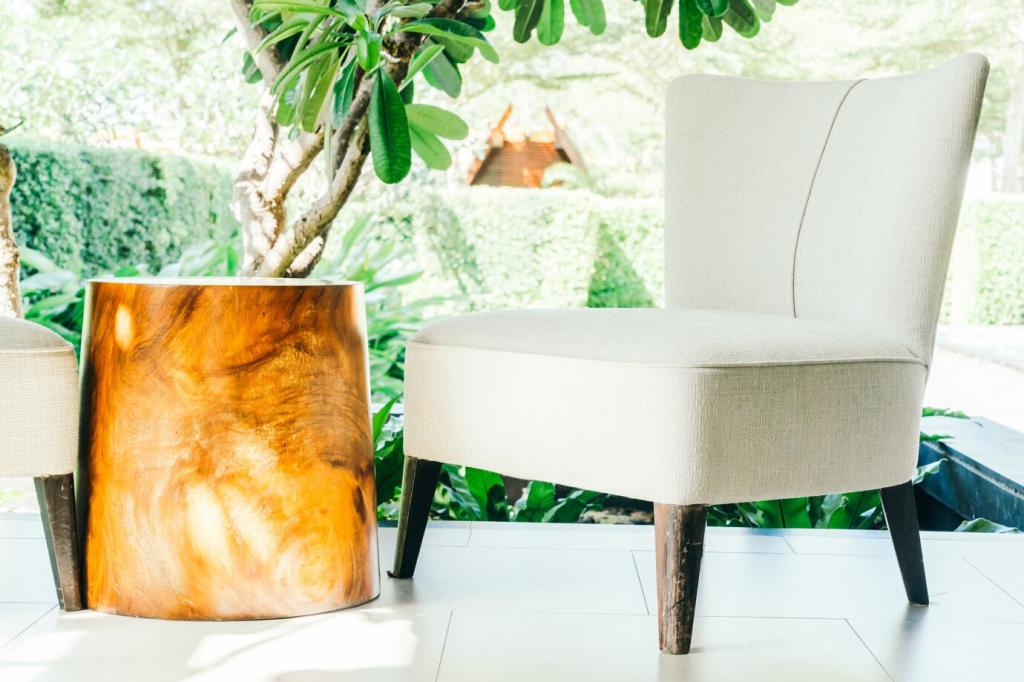
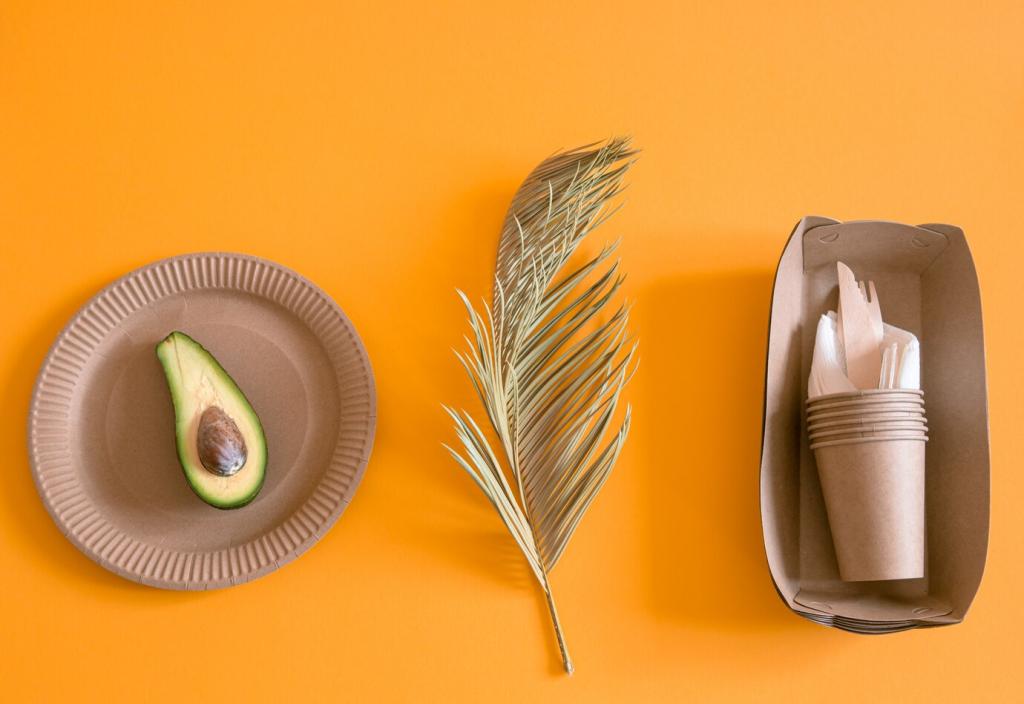
Hardware, Hybrids, and Unexpected Pairings
Rescue brass pulls from a decommissioned library cabinet; clean gently to keep the lived-in glow. If sizes mismatch, backplate shims from scrap copper create a tailored look while celebrating the piece’s layered history.
Hardware, Hybrids, and Unexpected Pairings
Use steel angle brackets inside aprons to strengthen spans, or add a powder-coated frame to elevate a reclaimed tabletop. Keep welds clean and junctions deliberate so new elements feel intentional rather than improvised.
Finishing Touches: Storytelling, Care, and Community
Attach a discreet tag summarizing origin, repairs, and materials. An anecdote about that curbside chair saved during a rainstorm can deepen attachment and encourage responsible stewardship through the next generation.
Finishing Touches: Storytelling, Care, and Community
Share tips for gentle cleaning, seasonal checks on joinery, and easy scratch fixes with wax sticks. Preventive care keeps furniture out of landfills, where millions of tons of furnishings still end up each year.
Finishing Touches: Storytelling, Care, and Community
Post progress photos, ask for finish recommendations, and invite readers to submit their boldest rescues. Subscribe for new techniques, and comment with questions so we can troubleshoot your next upcycling breakthrough together.
